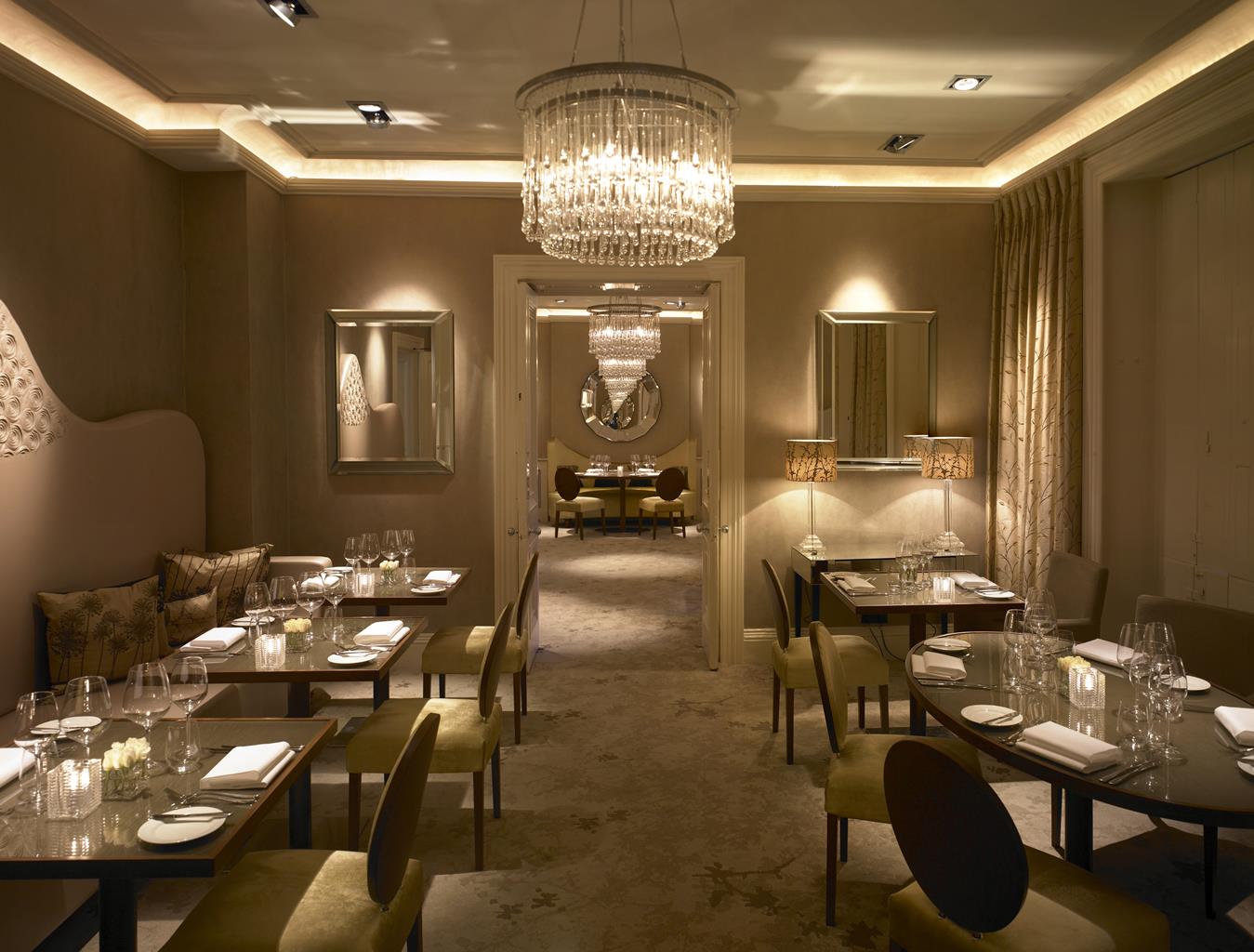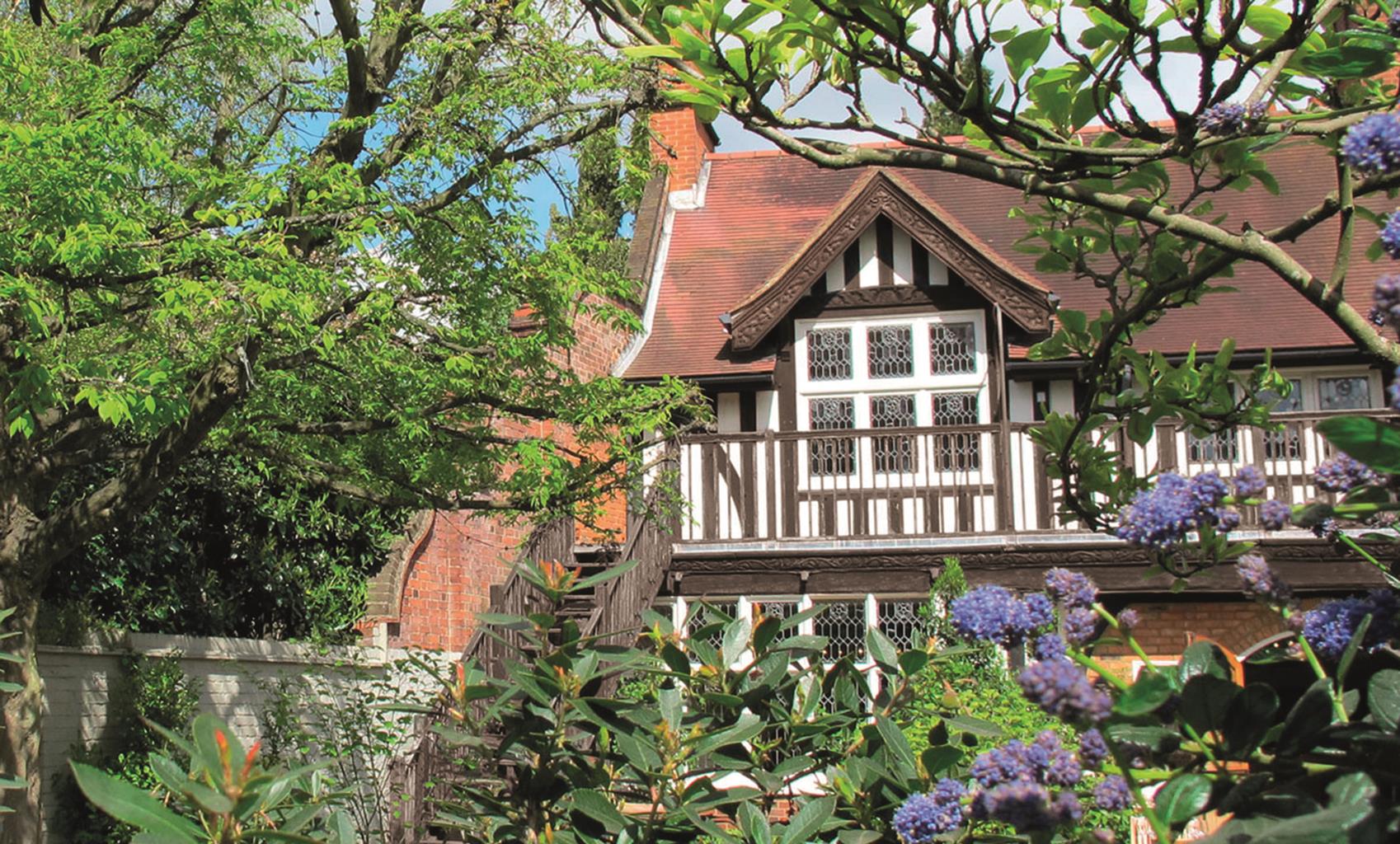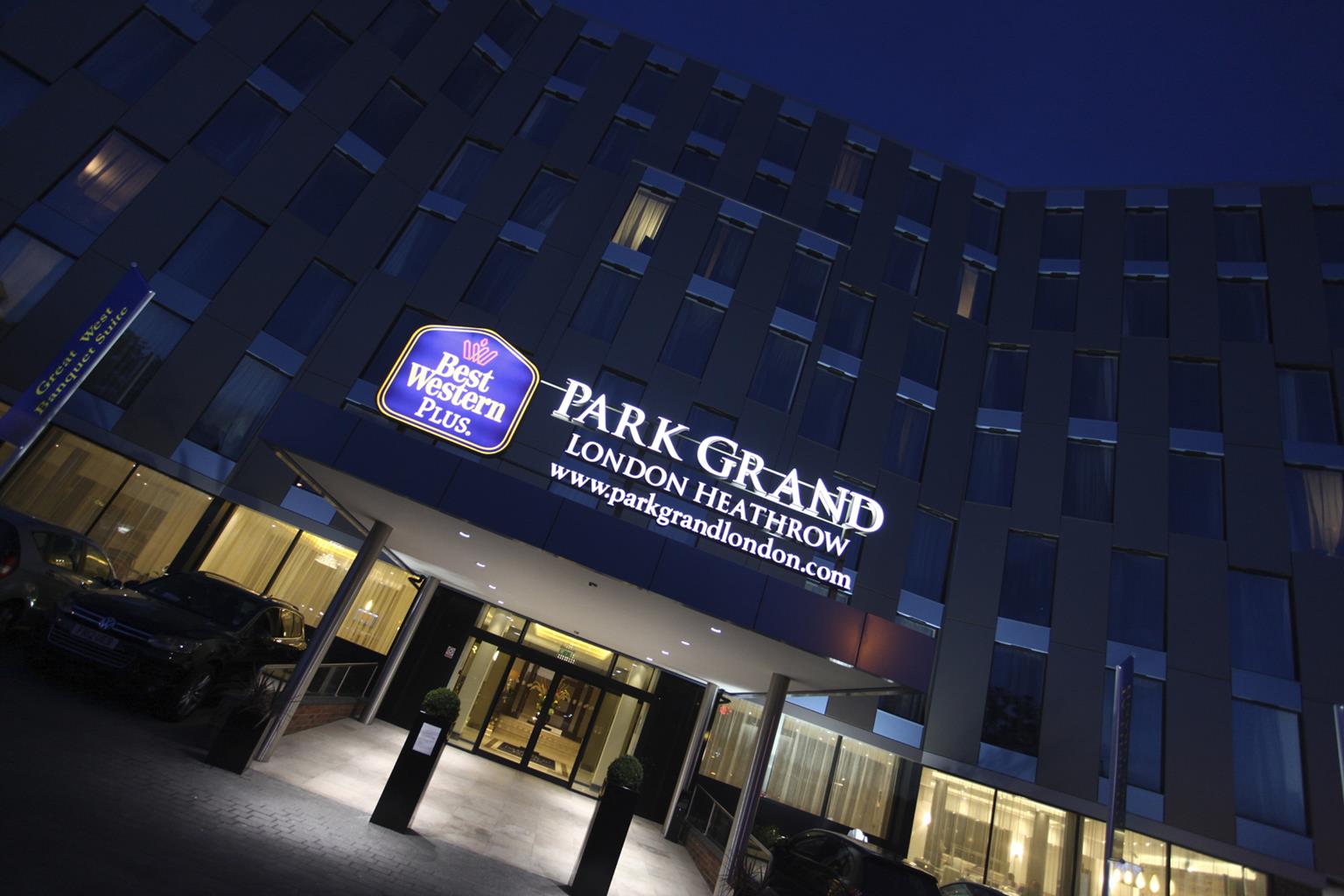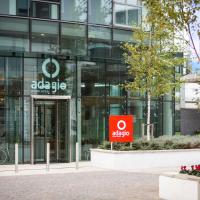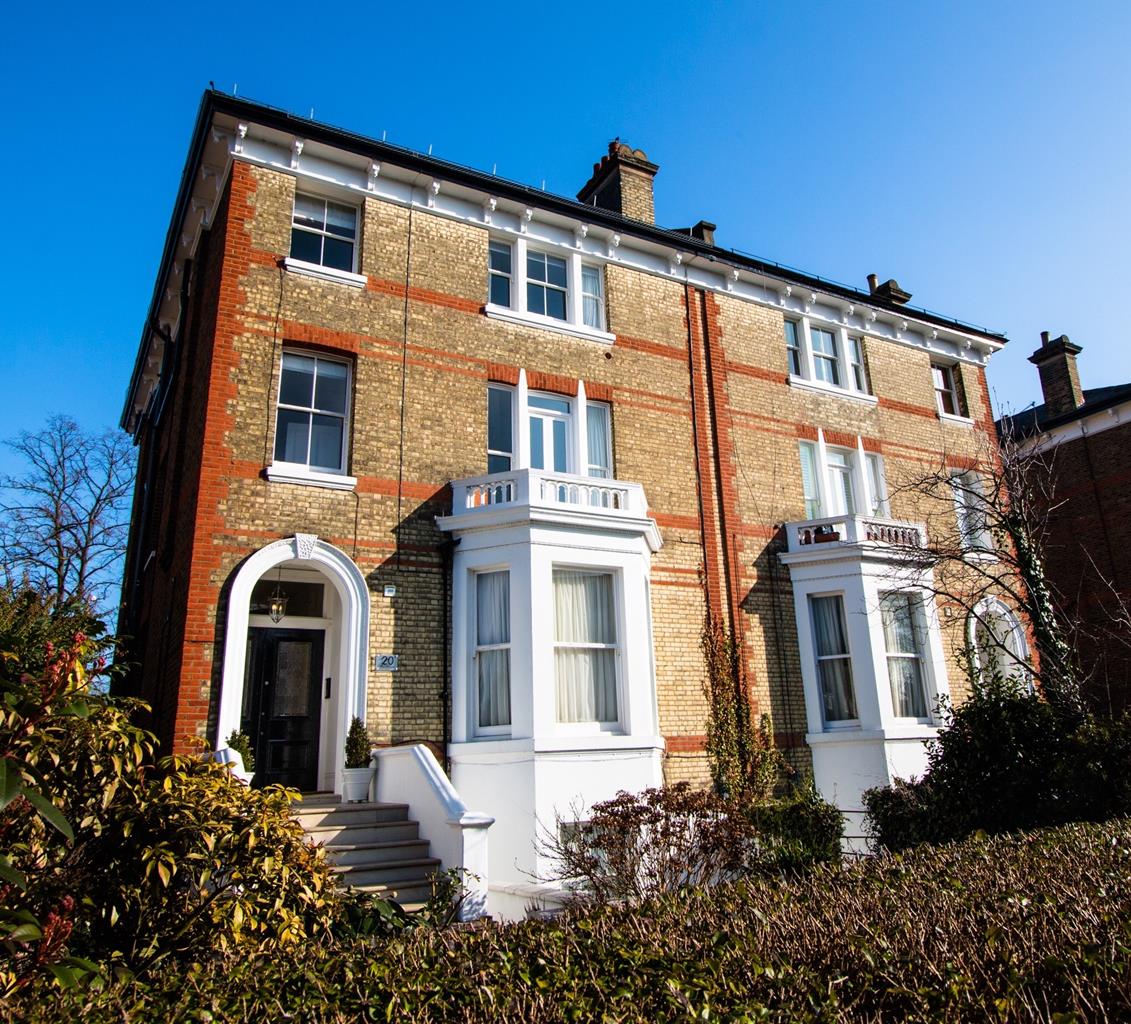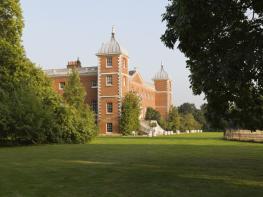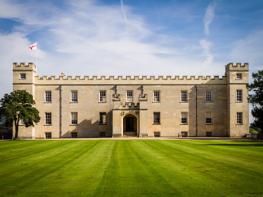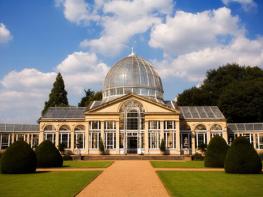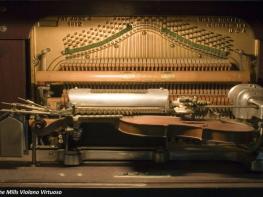The Park Grand London Heathrow is a modern hotel in a convenient location just five miles from…
Osterley Park and the Grand Union Canal

5 miles (8kms)
About the walk
The Industrial Revolution was a period of remarkable growth. It took off in the mid-1700s, when the domestic cottage industries were gradually replaced by large factories that provided work for hundreds of people. By 1850 Britain had become the first country in the world with a predominantly industrial, urban workforce. It was a time of vast development, during which Isambard Kingdom Brunel played a major role.
The age of travel
Brunel was born in Portsmouth in 1806, at the height of the Industrial Revolution. Although he was a small man - he wore top hats to appear taller - the sky was the limit as far as his work as an engineer was concerned. At that time canals were the motorways of the country. Although snail-like by today's standards, one of their great innovations had been the horse-drawn barge, because it could carry a 50-ton load compared to the 300lb (136kg) capability of a horse and cart. The first section of the Grand Union Canal was opened in 1794. This walk passes two points of particular interest along it. The Hanwell Flight of six locks is an impressive 'staircase' that raises the canal 53ft (16m) in just over 600yds (549m). Three Bridges, although belonging to the railway age, also involves the canal. Here Brunel contrived a unique construction where rail, road and canal all cross each other.
Dreams do come true
Until the arrival of the railway, passenger travel was uncomfortable and very slow because the roads used by horse-drawn carriages were often uneven and muddy. But Brunel pioneered an alternative when, together with Robert Stephenson and Joseph Locke, he helped design the world's first railway network. Brunel's contribution was the Great Western Railway between London and Bristol, a broad gauge line, noted for its elegant bridges, stations and viaducts. Although financed by the movement of freight, it also put long-distance travel within the reach of many people.
During this inspirational phase of British history Brunel also found time to design steamships, one of which became a prototype for all future ocean liners. The first, the largest ship ever built at the time, was intended to revolutionise transatlantic travel in the same way that railways had transformed inland communication. His third, the Great Eastern, aimed at making a round-trip to Australia via the Cape of Good Hope without having to refuel with coal. The ship was so large that it took months to move it from its base and, unfortunately, because Australian trade slumped around this time, the project was deemed a financial flop. Despite this, the Great Eastern is remembered as the ship that laid the first successful subatlantic telegraph cable, thereby hugely improving links with North America. It wasn't the first of Brunel's extravagant projects to fail, but he was a determined man with a huge dream and his legacy as an engineering genius remains unparalleled.
Walk directions
From the car park in Osterley Park, walk back along the track heading towards the entrance gates, passing the Farm Shop.
Just past the shop, and opposite Mason's Bungalow, turn left through a gate and later another, to follow a narrow track between fields. When the path ends bear left towards a brick wall, cross a road and continue, bearing left to emerge at the pub, The Hare and Hounds.
Turn left along the road and pass under the M4. After a further 440yds (402m) immediately beyond a Traffic Enforcement Camera sign, just past a building on your left, turn right to go through a kissing gate and follow an enclosed path alongside a huge playing field. At the end of the path go through a metal gate, then cross the railway line and follow the road ahead, lined with industrial units.
Past the bridge, go down steps on the right to the Grand Union Canal, then turn right under the bridge, along the tow path. In the next mile (1.6km) you will pass the Hanwell Flight of six locks and then Brunel's remarkable Three Bridges construction.
Leave the tow path, cross the white bridge ahead of you and continue walking straight ahead along Melbury Avenue. When you reach the T-junction turn left and then right at the mini-roundabout.
Keep ahead and go left along the enclosed footpath to the left of the Plough pub. Cross the road and continue along the footpath opposite, which crosses a field. At the far side of the field climb the steps and follow the road over the M4 motorway.
Keep ahead and, on arrival at the metal gate, go right and through the wooden gate to re-enter Osterley Park. Keep going along this straight track, through an avenue of small-leaved lime trees, to reach a metal gate. Go past some stable buildings and the main house, then take the path around the pond to reach the car park where the walk began.
Additional information
Mixture of tow paths, pavements and rough tracks
Farmland, canal boats, locks and landscaped park
On lead except in designated 'off-lead' areas
OS Explorer 161 London South
Car park in Osterley Park (free to National Trust members)
Osterley Park
WALKING IN SAFETY
Read our tips to look after yourself and the environment when following this walk.
Find out more
Also in the area
About the area
Discover Greater London
Greater London is one of the world’s largest urban areas; 33 boroughs stretching north to Enfield, south to Croydon, east to Havering, west to Hillingdon and with central London at the heart of it all.
Greater London was officially created in 1965, but the boroughs themselves all have their own histories going back much further. Greenwich is home to the Prime Meridian, which all clocks on earth take their time from, while Hounslow contains Heathrow Airport, one of the busiest airports in the world. Greater London contains a multitude of parks and green spaces, from the six Royal Parks (including Richmond Park, Green Park, Hyde Park and Regent’s Park) and other huge open spaces like Hampstead Heath and Clapham Common; to smaller community spaces like Clissold Park in Stoke Newington and Burgess Park in Southwark.
The centre of London has its quiet spaces too, like Coram’s Field by Great Ormond Street, and Camley Street Natural Park, a stone’s throw from King’s Cross and St Pancras. One of the city’s most impressive features is the London Underground. Beginning in 1863 as the Metropolitan Railway, it took commuters into The City from the suburbs of Middlesex. It was the first underground railway in the world, and now consists of 11 lines, 270 stations, and 250 miles (402km) of track. It’s estimated that nearly five million journeys are taken every day, and there are nearly one and a half billion riders each year. At peak times, there are more than 543 trains whizzing around the Capital.
Nearby stays
Restaurants and Pubs
Nearby experiences
Recommended things to do
Why choose Rated Trips?
Your trusted guide to rated places across the UK
The best coverage
Discover more than 15,000 professionally rated places to stay, eat and visit from across the UK and Ireland.
Quality assured
Choose a place to stay safe in the knowledge that it has been expertly assessed by trained assessors.
Plan your next trip
Search by location or the type of place you're visiting to find your next ideal holiday experience.
Travel inspiration
Read our articles, city guides and recommended things to do for inspiration. We're here to help you explore the UK.

